Wood is a popular choice for many kitchen tools like cutting boards, spoons, and bowls. But not all wood is safe to use with food. Some woods can hold bacteria or have chemicals that might be harmful.
This blog explains what makes wood safe for food use. It covers the best types of wood to pick and which ones to avoid. It also shows how to treat wood at home using safe oils and finishes.
Plus, it offers tips on keeping wooden kitchen items clean and long-lasting. With the right wood and care, wooden tools can stay healthy and look good for a long time.
This guide is for anyone who wants safe and natural kitchenware without worry.
What Makes Wood Safe for Food?
Not all woods are safe for food contact. Food-safe woods have natural resistance to bacteria, thanks to their tight grain and dense structure, which prevents moisture and germs from settling deep inside.
These woods are also free from toxic compounds, making them safe for kitchen use. However, even the best wood needs proper care.
Treatment and finish are the final pieces of the puzzle to keeping wooden kitchen tools hygienic and safe. Proper maintenance ensures that wood lasts and stays food-safe.
The Food-Safe Wood VIPs: Top Woods You Can Trust
Not all wood is created equal when it comes to safety and durability.
These top food-safe woods are trusted for everything from kitchen utensils to serving boards and beyond, combining natural protection with lasting beauty.
1. Maple: The Classic Cutting Board Hero
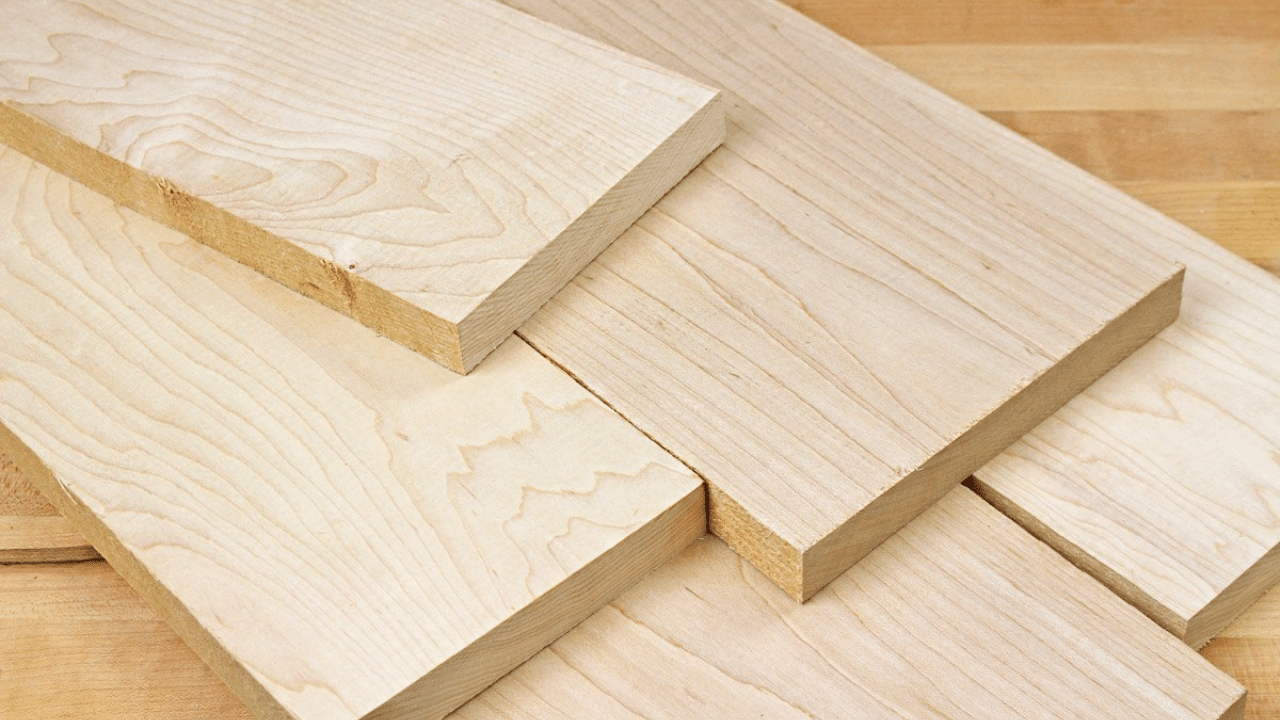
Maple is a light-colored hardwood known for its fine, tight grain and smooth surface. It’s a popular choice for cutting boards due to its durability and clean look.
Why It’s Better: Its dense grain resists moisture and bacteria, making it highly hygienic for food contact.
Bonus Feature: Durable enough to withstand heavy knife use without splintering, keeping your kitchen tools safe and long-lasting.
2. Cherry: Elegant and Safe
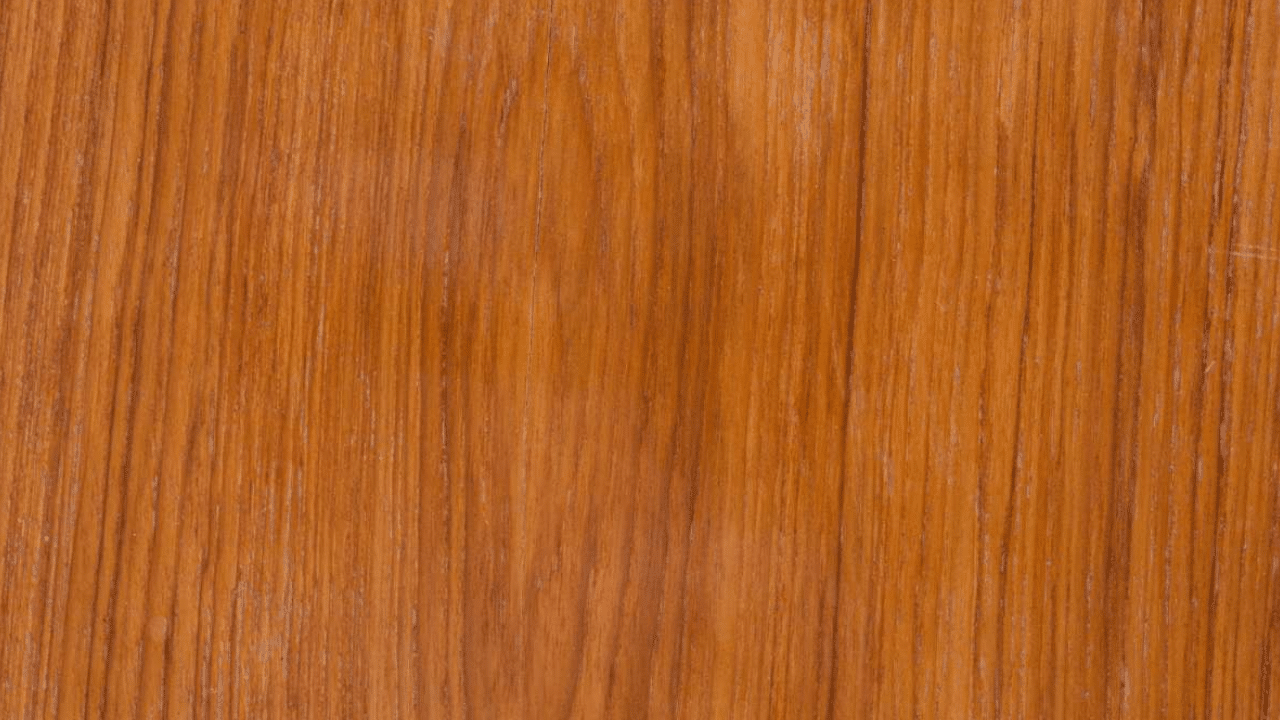
Cherry wood has a rich reddish-brown color with a smooth, fine grain that softens with age. Over time, it develops a warm, beautiful patina that adds character.
Why It’s Better: The tight grain limits bacterial growth and moisture absorption, making it safe for kitchen use.
Bonus Feature: Its elegant appearance makes it a stylish addition to any kitchenware collection.
3. Walnut: Durable and Deliciously Dark
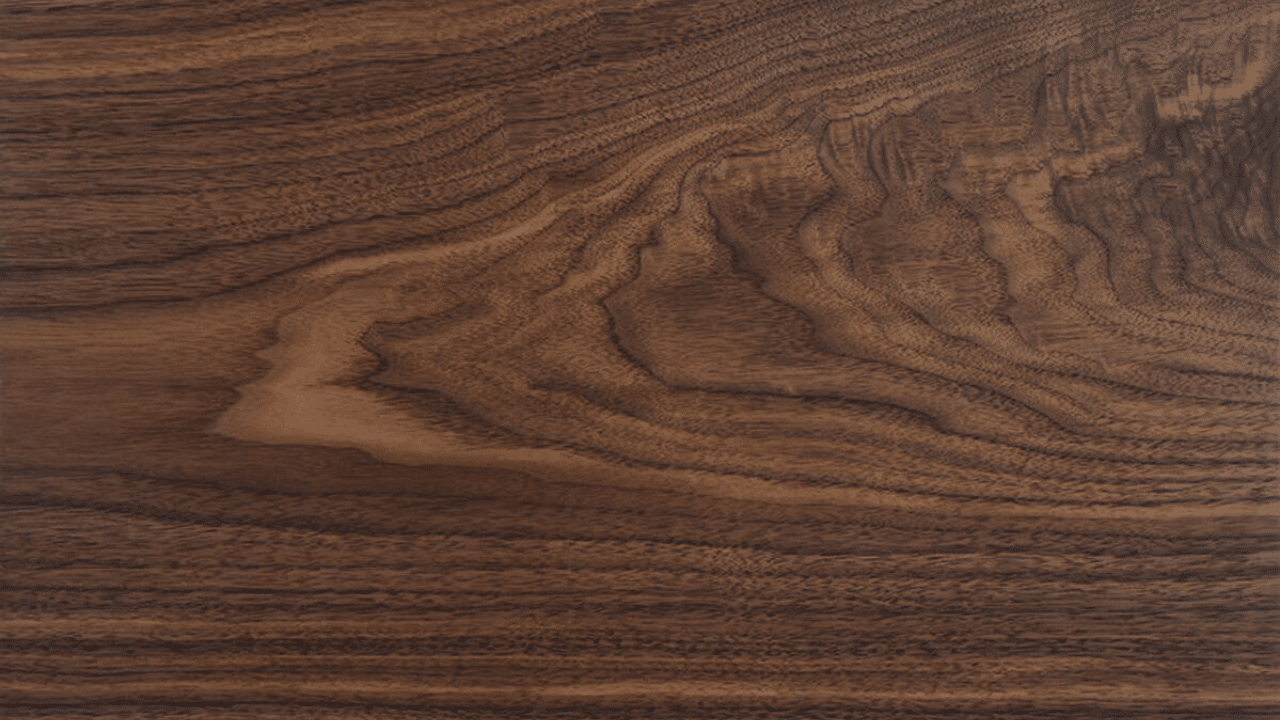
Walnut is a dark brown hardwood featuring a dense, closed grain and smooth finish. It is favored for its strength and stunning aesthetic.
Why It’s Better: Its tight grain provides natural resistance to moisture and bacteria, ensuring food safety.
Bonus Feature: The rich dark color adds a luxurious, upscale look to serving boards and utensils.
4. Beech: The Kitchen Workhorse
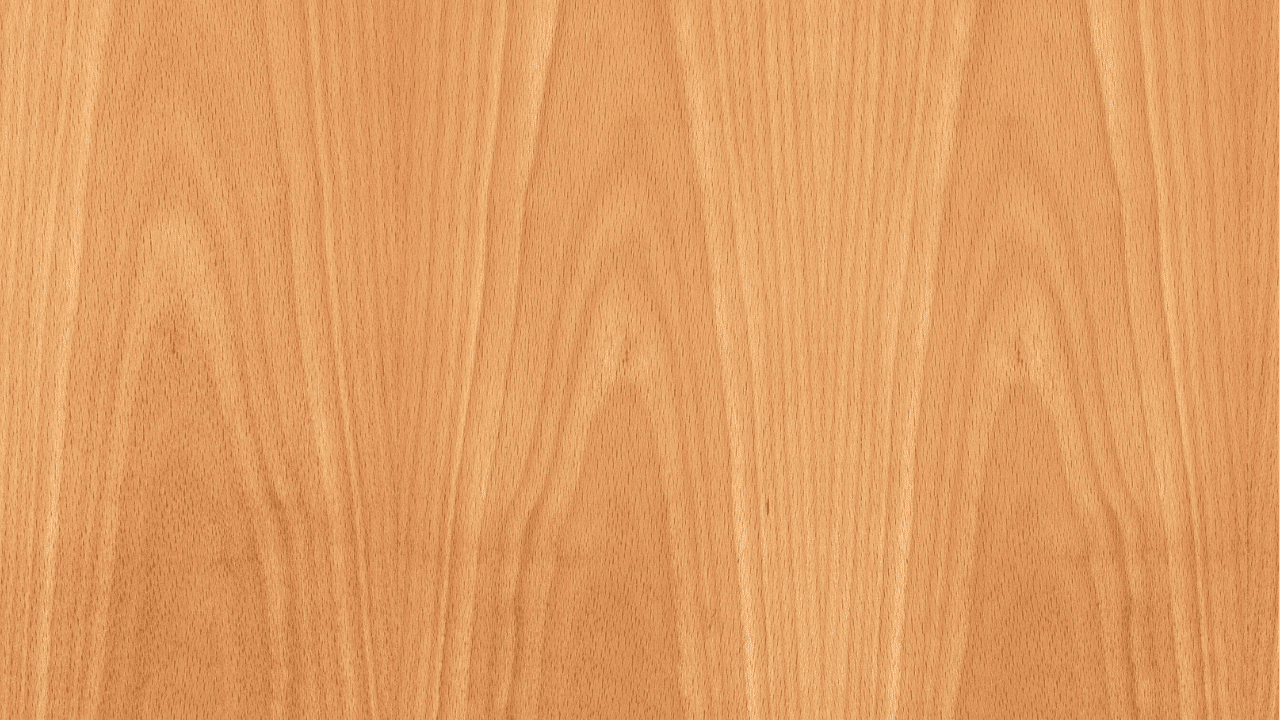
Beech is a pale pinkish hardwood with a fine, even grain and smooth texture. It’s widely used because of its toughness and practicality.
Why It’s Better: It withstands daily wear without cracking or splintering, making it perfect for heavy kitchen use.
Bonus Feature: Beech is affordable and easy to find, making it a great choice for everyday kitchen tools.
5. Olive Wood: Exotic and Long-Lasting
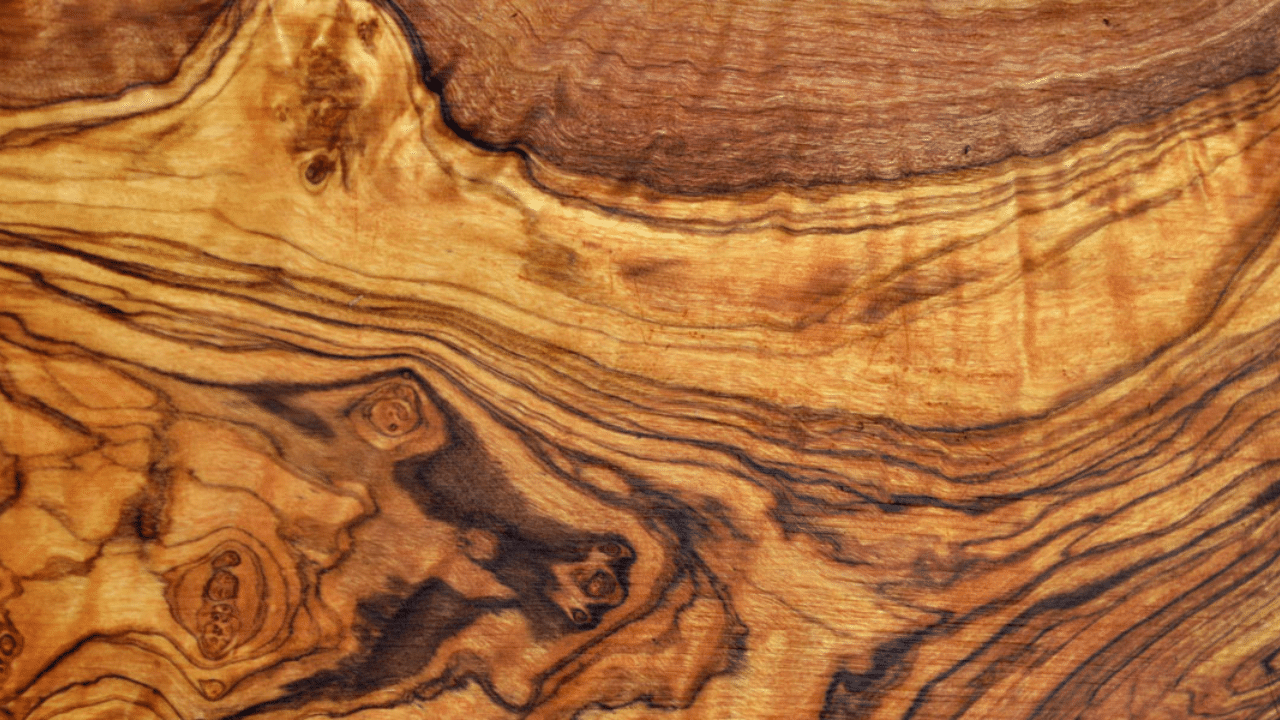
Olive wood is dense and durable, with beautiful swirling grain patterns and warm golden tones. Each piece is unique due to its natural variations.
Why It’s Better: It has natural antibacterial properties and resists moisture well, keeping food safe.
Bonus Feature: The striking grain patterns make it a stunning and exotic choice for bowls and utensils.
6. Bamboo: The Eco-Friendly Favorite
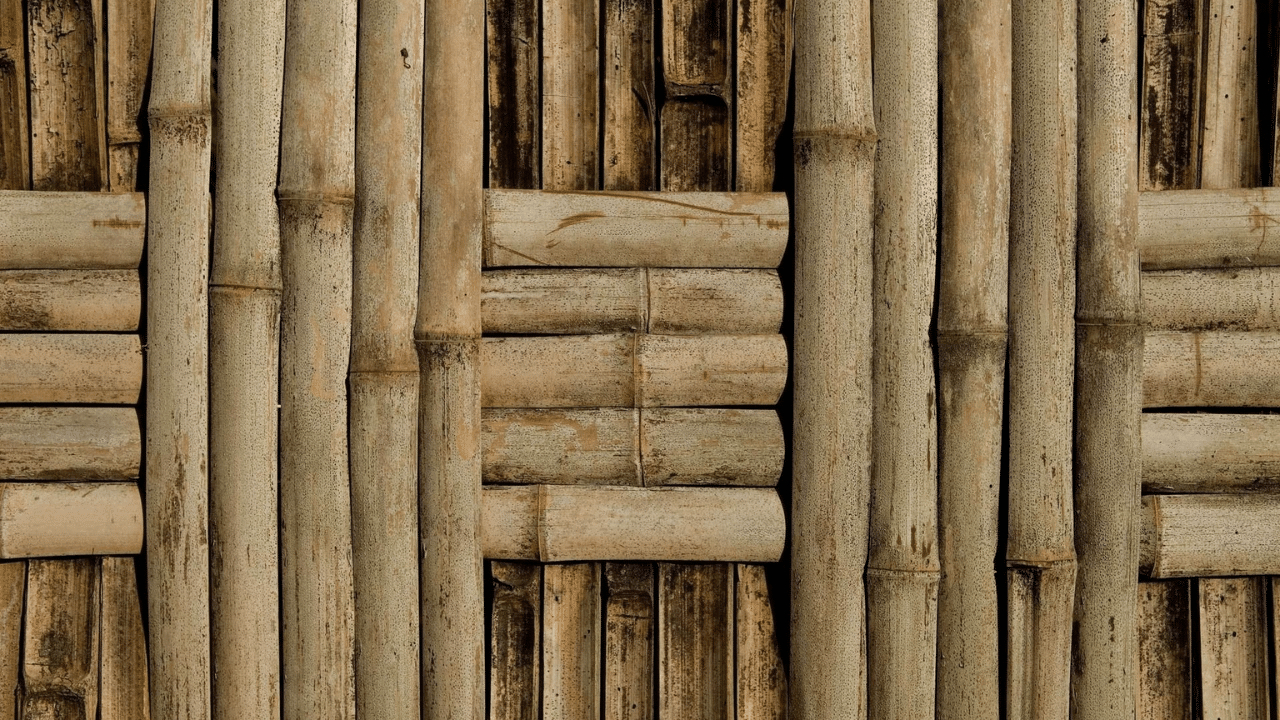
Bamboo is technically a fast-growing grass but is treated like hardwood in kitchenware. It features a smooth, fine grain and is lightweight yet strong.
Why It’s Better: Bamboo is naturally antimicrobial and resists water absorption, making it hygienic and eco-friendly.
Bonus Feature: Its rapid renewability makes it one of the most sustainable kitchen material choices available.
The Red Flag List: Woods to Avoid in Food Prep
Not every wood is suitable or safe for food contact. Some types can pose health risks due to their natural properties or treatments.
-
Pine and Other Resin-Heavy Softwoods
Pine and similar softwoods contain sticky resins and sap that can seep into food, causing allergic reactions or off-flavors. -
Woods Treated with Unknown Chemicals or Finishes
Many commercial woods may be treated with pesticides, varnishes, stains, or other chemical finishes that aren’t food safe. These chemicals can leach into food and pose serious health risks over time. -
Open-Grained Woods Like Oak and Ash
Woods with open pores absorb moisture and food particles quickly, allowing bacteria and mold to grow inside. These are harder to clean thoroughly, which can compromise food safety. -
Exotic Woods with Toxic Properties
Certain exotic woods, such as rosewood or cocobolo, contain natural oils and compounds that are toxic or allergenic when ingested or touched frequently. These are best avoided for kitchen use. -
Softwoods That Are Too Porous or Fragile
Softwoods, in general, tend to be porous and fragile, leading to faster wear and a greater risk of bacterial buildup.This includes cedar and fir, which are better suited for decorative or outdoor use, not food contact.
How to Spot Unsafe Wood
- Look for soft, resinous woods with sticky or strong odors.
- Avoid wood pieces with shiny or painted finishes unless labeled food safe.
- Be cautious with unfamiliar exotic woods, especially if untreated or not intended for food use.
Choosing the wrong wood can risk your health and ruin your kitchen tools. Always stick to woods known for their food safety to keep your cooking safe and enjoyable.
DIY Magic: How to Turn Ordinary Wood into Food-Safe Wood
Learn simple and safe ways to prepare and treat wood so your kitchen tools stay durable, clean, and safe for everyday cooking.
1. Preparing and Seasoning Your Wood
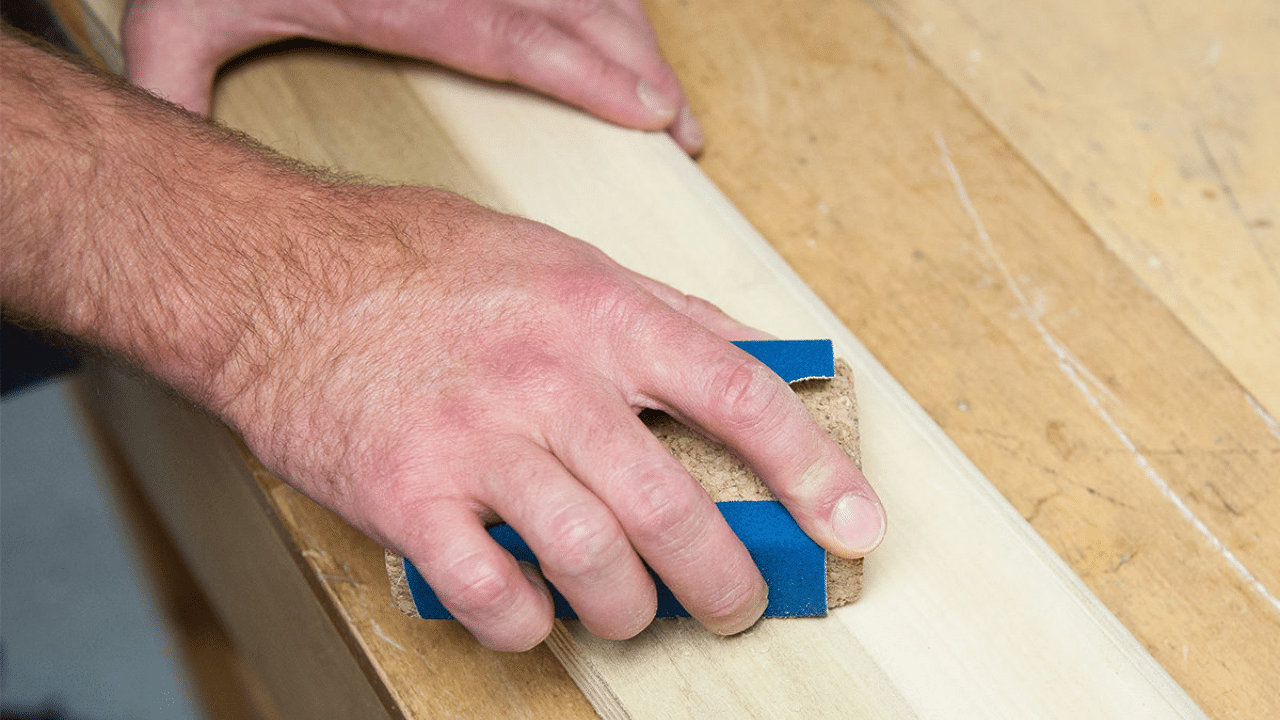
Before using wood in your kitchen, it needs proper preparation to be safe and durable. Start by sanding the surface smoothly to remove rough spots and open pores, which helps prevent bacteria buildup.
After sanding, clean the wood thoroughly and let it dry completely to ensure the treatment adheres well.
Then, apply a generous coat of food-safe oil like mineral oil, with a clean cloth, rubbing it evenly.
Let it soak overnight and wipe off any excess. Repeat this oiling process 2–3 times for the best moisture resistance and protection.
2. Choosing Safe Oils and Finishes
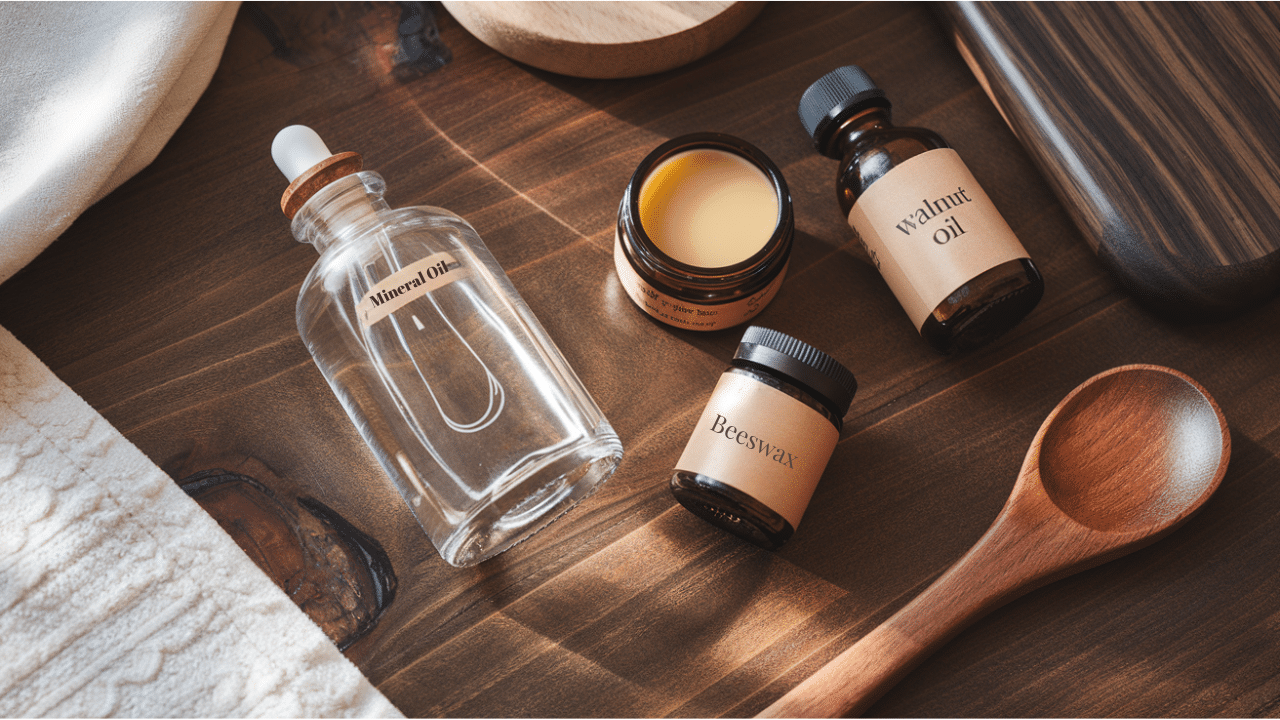
Selecting the right oil or finish is key to keeping your wood food safe. Mineral oil is ideal because it’s odorless, tasteless, and won’t go rancid.
Beeswax is often mixed with mineral oil to form a natural, water-resistant barrier. Walnut oil is a natural drying oil that penetrates deeply and hardens slightly, giving durable protection.
TIP: Avoid using vegetable oils like olive or coconut oil, as they can spoil and create unpleasant odors over time.
3. Avoiding Toxic Finishes
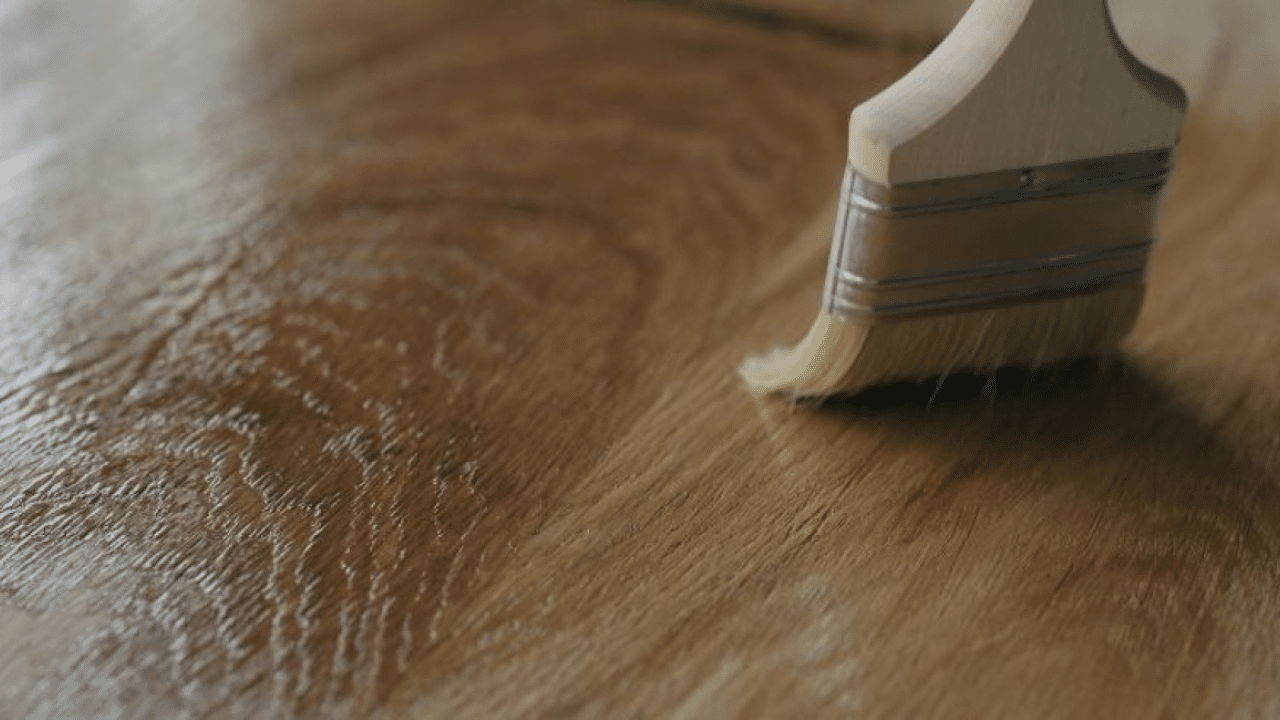
Not all wood finishes are safe for kitchen use. Avoid varnishes, polyurethane, shellac, or paints unless they are explicitly labeled food safe, as these can leach harmful chemicals into your food.
Watch out for chemical or artificial smells and glossy finishes that peel or crack; these are signs your woodware may be unsafe.
Always verify product labels and choose finishes specifically designed for food contact.
Maintaining Your Food-Safe Finish Over Time
Proper maintenance keeps your wooden kitchen tools safe and looking great. Regularly reapply food-safe oil, especially after washing or heavy use, to keep the wood hydrated and sealed against moisture.
Never soak wooden items or put them in the dishwasher, as excess water can cause warping and cracks. After washing, dry wooden tools thoroughly to prevent bacterial growth.
Consistent care will extend the life and safety of your wooden kitchen essentials.
Wrapping Up: Keep Your Wood Safe and Sound
Choosing the right wood is important for food safety in the kitchen. Woods like maple, cherry, and walnut are good picks because they resist bacteria and last well.
Avoid woods with resin, open pores, or harmful chemicals. Treating wood with mineral oil, beeswax, or walnut oil helps protect it from moisture and germs.
It’s also important to keep wooden kitchen tools clean and dry. Regular oiling keeps them in good shape and safe to use.
If this guide helped, share your thoughts or questions below. It’s always great to hear how others care for their wooden kitchen tools!
If you enjoyed this guide, be sure to check out our other blogs packed with useful tips and ideas to make your kitchen safer and more enjoyable.


